Confessions of a Tool Snob
It’s a common thing when learning a new skill to be unwilling or unable to invest too much in the tools needed to practice it. After all, we think, what if I don’t like it? What if I’m no good at it? What if I abandon this new hobby in a week or two? I’ll have wasted all that money.
The craft industry, in particular, banks on it. Find me a craft for which you cannot find a “Learn To” type of kit. I’ll wait. Most are composed of a very cheaply made set of tools, an equally “budget” quality bit of the materials necessary to make a very small (usually useless) project, and a booklet of instructions. A quick trip down appropriate aisles at your local craft store will find you such a kit containing aluminum knitting needles, acrylic yarn, and said book. Or, a small wooden hoop, so cotton floss that will likely bleed if ever it gets wet, two needles too large for the pattern printed on a small piece of fabric – and the requisite book. Even for crafts that are niche enough to be absent from the big box stores, the pattern remains. Schact hand spindle, poof of cheap roving, ubiquitous beginner booklet.
To my mind, this is the worst thing you can do to someone attempting to learn a new skill. And I am not immune from it. I bought the “learn to knit” kit in college. A week or two and many, many dropped stitches later, it got crammed into a milk crate, carted back and forth to school for a number of seasons, and eventually discarded. I gave knitting another try after graduation and marriage – this time taking a class at a local store. Ruth, kind soul that she was, guided me to bamboo needles, wool blend yarn, and a seat at the table in a warm corner of the store.
It didn’t take too long to discover that half of my trouble in learning to knit was that acrylic yarn on aluminum needles is so slick, and so split-prone that it would drive a saint to mayhem.
I am not a saint. Mayhem ensued.
Whereas, for just a bit more money, bamboo needles provide a little drag and wool blend yarn splits much less. The frustration layer dropped immediately, and I happily finished a project – a little baby bunting that, I think, ended up as a shower gift for someone, sometime later.
Ruth taught me something important – don’t frustrate beginners by giving them barely-functional tools that would try the skill of a seasoned craftperson. I CAN knit with aluminum needles now. I do it rarely, and I usually have a reason for wanting that extra bit of slick – socks by the Magic Loop method, for instance. And I still hate working with acrylic yarns. I might make the occasional amigurumi with it, but my expanded vocabulary necessitates working on it after the kids are tucked into bed.
A similar revelation gripped me when an instructor at a workshop for quilting (paper piecing, in fact), stated rather pointedly, “Needles are a renewable resource.” Most of us are pretty good about changing our sewing machine needles. But we don’t always recognize that hand needles also wear out. Sew for a while with one – four to eight hours of work – and then get out a new one. The sudden ease with which you can pick up the right bite of thread and pass the needle through the fabric comes as a sudden delight. The wear on the old one sneaks up so gradually, it goes unnotived until it’s replaced.
At this point, I actually have favorite brands of hand sewing and embroidery needles. (Hiroshima/Tulip, or Foxglove Cottage, if anybody is on regular speaking terms with Santa. John James if I can find nothing else worthwhile. Dritz make me cry).
I’ve taught myself more than one craft-related skill. And I’ve been taught quite a number of others. I’m much more willing to take a class or sit for a workshop these days, because I find that the tips and tricks – and favorite tools – of people who are really good at something can often prove the difference between exercising a skill and enjoying it in contemplative peace. In other words, if you have the right equipment, the task becomes easier and more enjoyable. I’m even known to hit the “pause” button on a video class to note down which brands of materials the instructor is using.
From my mother’s good sewing scissors, to Ruth’s opinions on knitting needles (these days, I prefer hardwood or resin-impregnated wood), to Wendy Schoen’s embroidery needles, I have been brought to Revival as regards quality tools.
It’s also true that my craft time is limited, and so I make an effort to enjoy it as much as I can. Sometimes, that means enjoying the tools, too. See that little awl in the photo? Hand-turned paduak. You will pry that lovely little thing out of my cold, dead hands. Handmade tools bring me joy.
Handmade tools that are loved by their makers are an even greater joy. My sister and I once visited the booth of a woodworker who made tools for spinning, weaving, and other fiber crafts. She gravitated to a spindle that had a whorl of very white wood, and a shaft of deep red. The artisan handed it to her to examine, and explained that it was made of holly wood and bloodwood. He had named it “Heart and Soul.” She happily bought the lovely thing, and as we left, he waved and called out, “Goodbye, Heart and Soul!” An ephemeral thing, with perfect balance, it’s an entirely different creature than the glorified “boat anchor” sold in the Schact Spindle Company “Learn to Spin” kit. Or, as it is sometimes called, the “Learn to Swear” kit.
Tell me how it helps a new crafter to spend a little – and get nothing but frustration in return. We shouldn’t have to perfect a craft to feel that we deserve high quality tools and materials.
There are, always, people on social media or bulletin boards who insist that they can’t afford anything better, and if they want to DO the thing, they must use the lowest price things they can find. And perhaps this is so. Although it is as often, I think, I justification. Or even a bit of a martyr complex. For myself, my craft time is too precious to sew with “Keepsake Calico” from the Big Box stores, or knit with Red Heart yarn, or embroider with the cheap packaged floss sets designed more for friendship bracelets.
I confess to being a tools and materials snob. I love my English steel needles. Silk threads. Pima cotton lawns. Real wool and silk yarns. Japanese seed beads. Hand-turned spindles. Hand-dyed threads and flosses. The maple yarn swift Dad made for me.
I’ve also found that, once word got around that I enjoyed a skill, I would often be gifted old needlework or other tools from elderly relatives. Often (not always, but often) vintage tools are better made than modern. I don’t use vintage needles, because they’re generally rusty with age. But on rare occasions when I have – they’re still better than Dritz.
Vintage tools also give me joy to use. This is something that happens more often when I’m baking, simply because baking tools seems to survive better. (Other than my treadle sewing machine. Which is currently difficult to get at, and needs a new belt, but is also beloved). My vintage Pyrex gets used regularly. So, too, a genuine 1960’s Bundt pan. I do have to remember that mine, unlike the modern versions, does not have a nonstick coating and to adjust accordingly. But there is something about having the genuine article that gives me a little thrill.
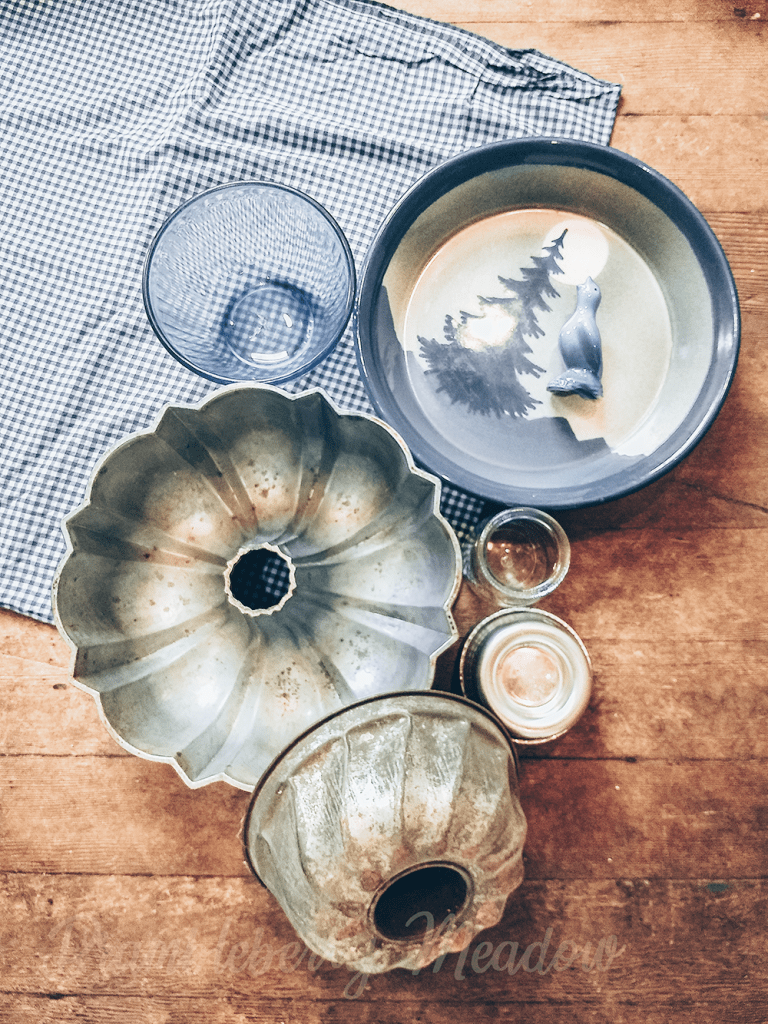
Which means, I have three things to ask you:
First, if you’ve been attempting to learn something with a cheap kit, or very inexpensive tools and materials – do me the favor of investing a little bit in yourself. Get just ONE nice pair of knitting needles and a good ball of yarn, for example. Or some quality fabric, thread, and a good pack of needles. Perhaps upgrade your cake pans to the professional style, straight-sided version. And let me know if you don’t suddenly get results that are incrementally better, with less effort.
Second, if you are teaching someone something new, do that person the very great favor of starting them out with decent quality materials. Dig into your stash for that nice wool yarn that you just don’t like the color of. Pass on a pair of bamboo needles you haven’t used in a while. Anything but the cheap Big Box things.
Third, tell me about your favorite tools. What was a splurge, that you absolutely don’t regret? What fun new thing do you hope Santa might bring, because you just can’t quite justify it for yourself?
Pin this post:
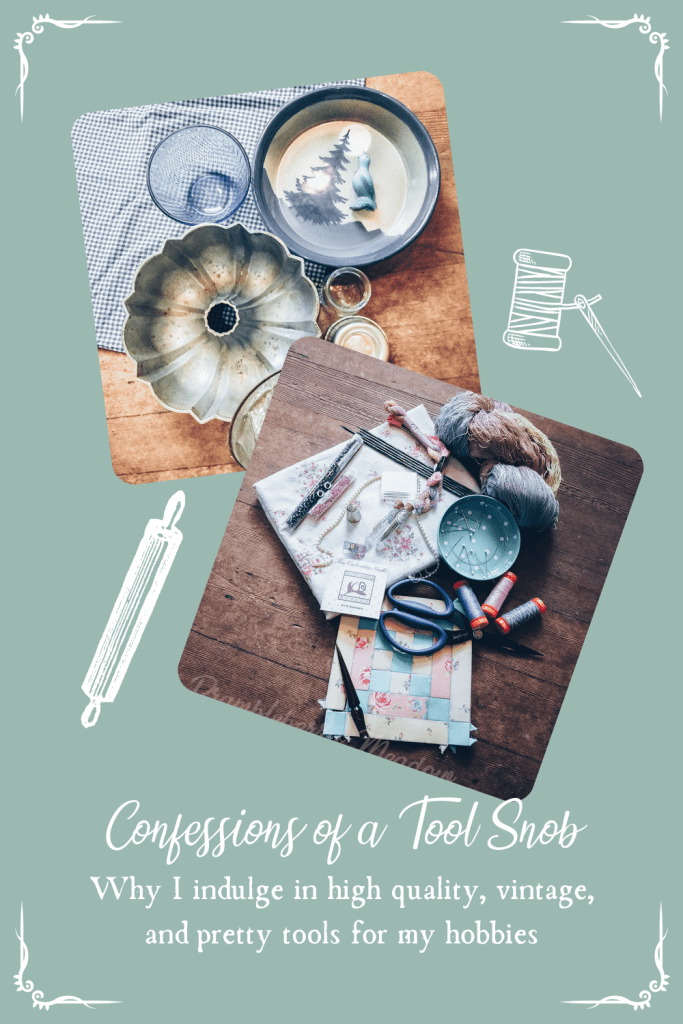

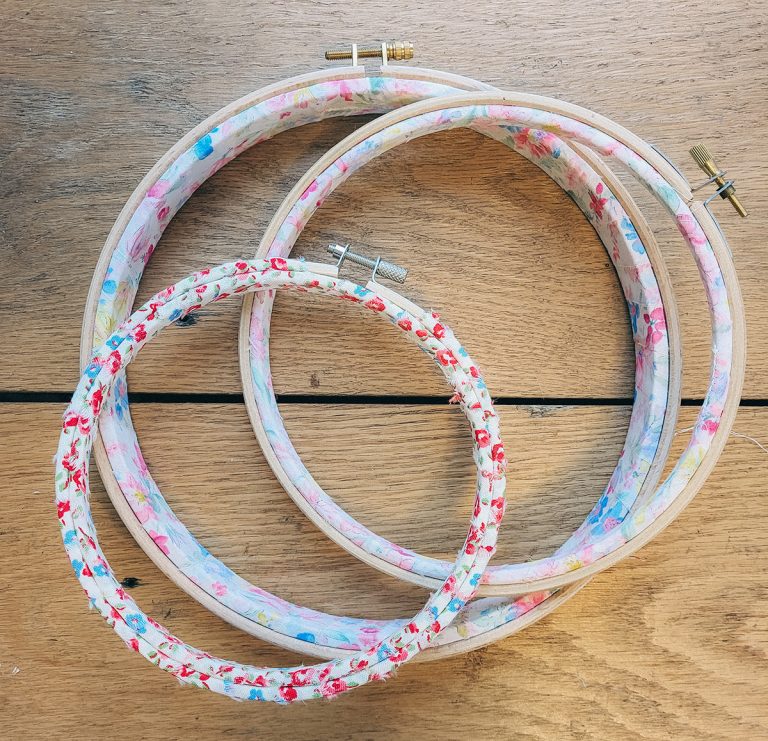
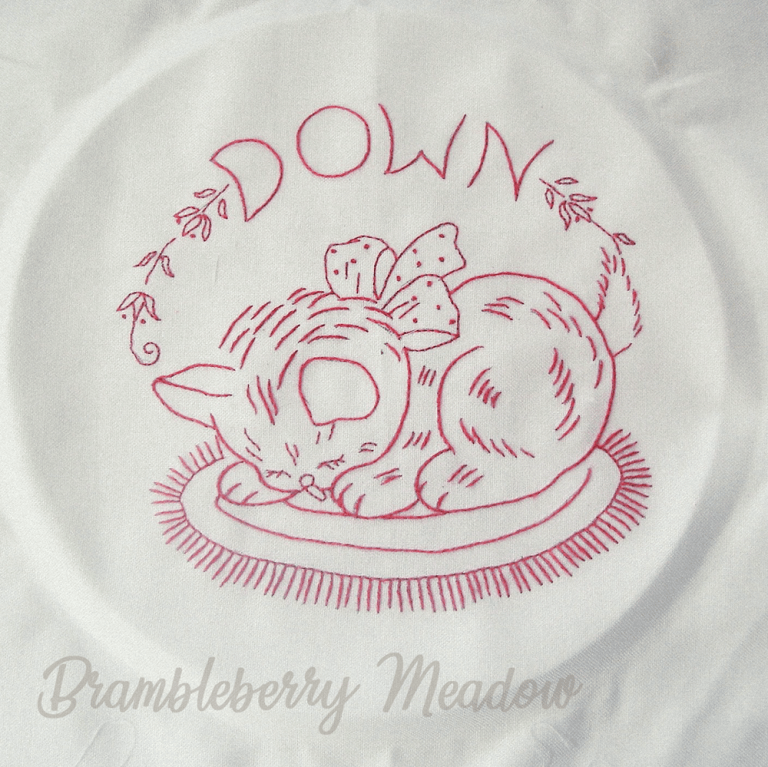
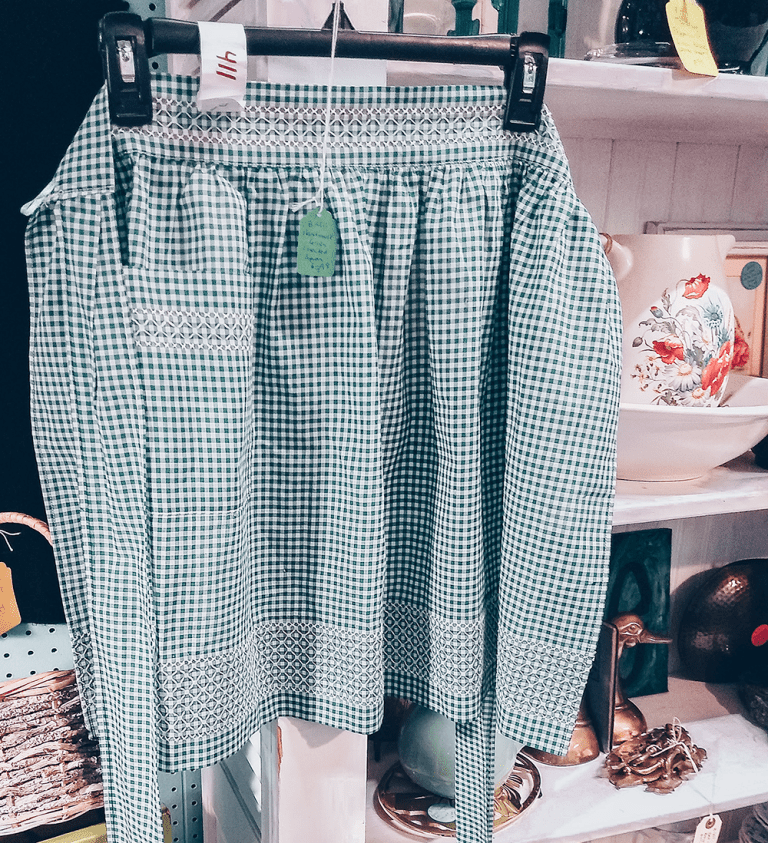
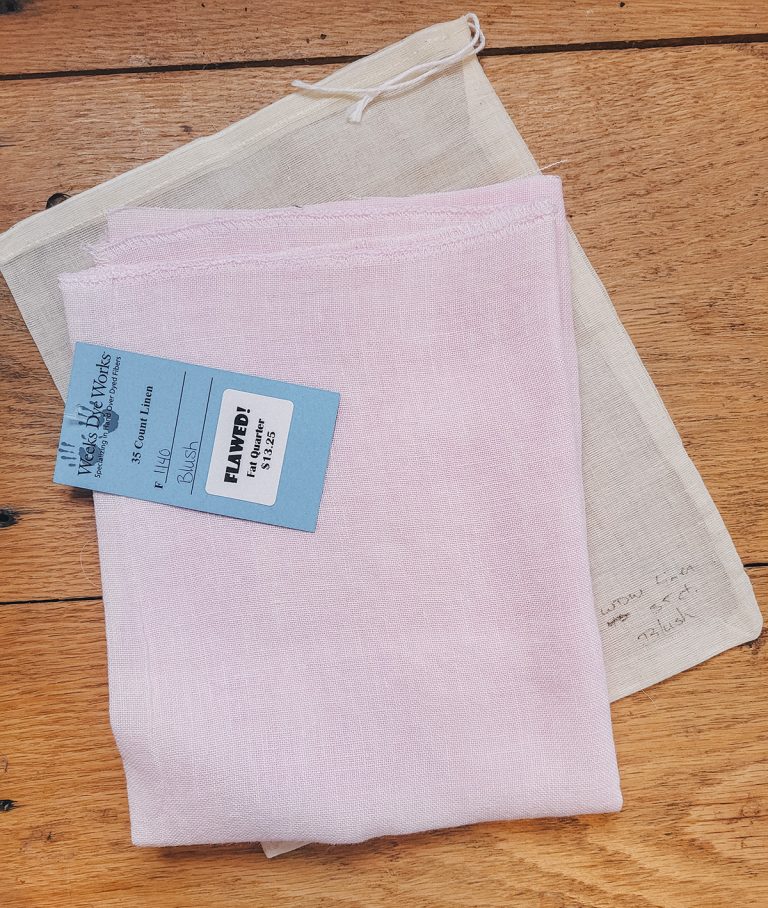
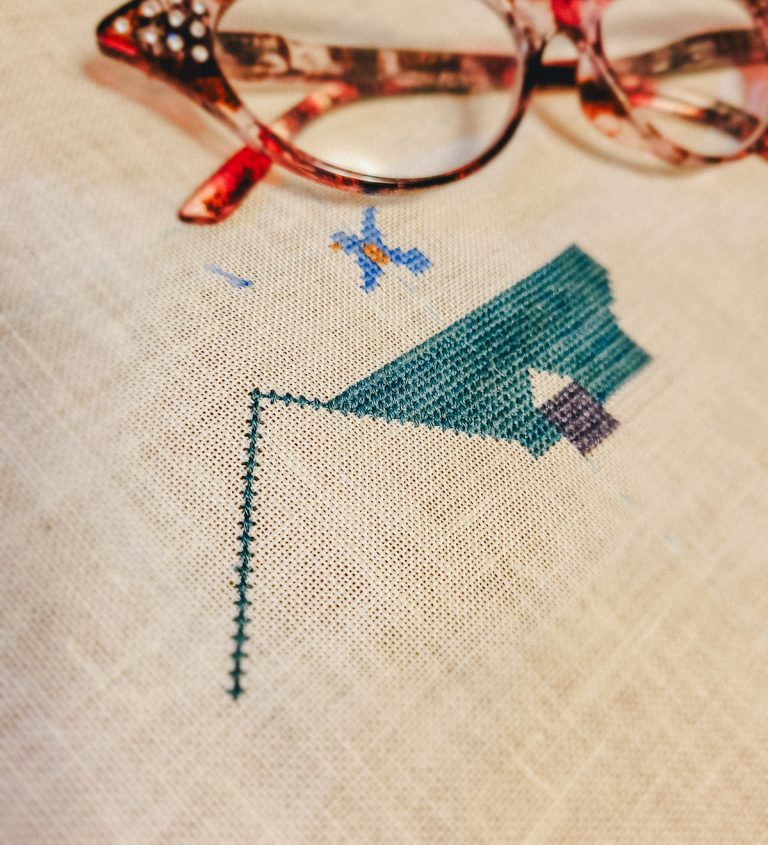
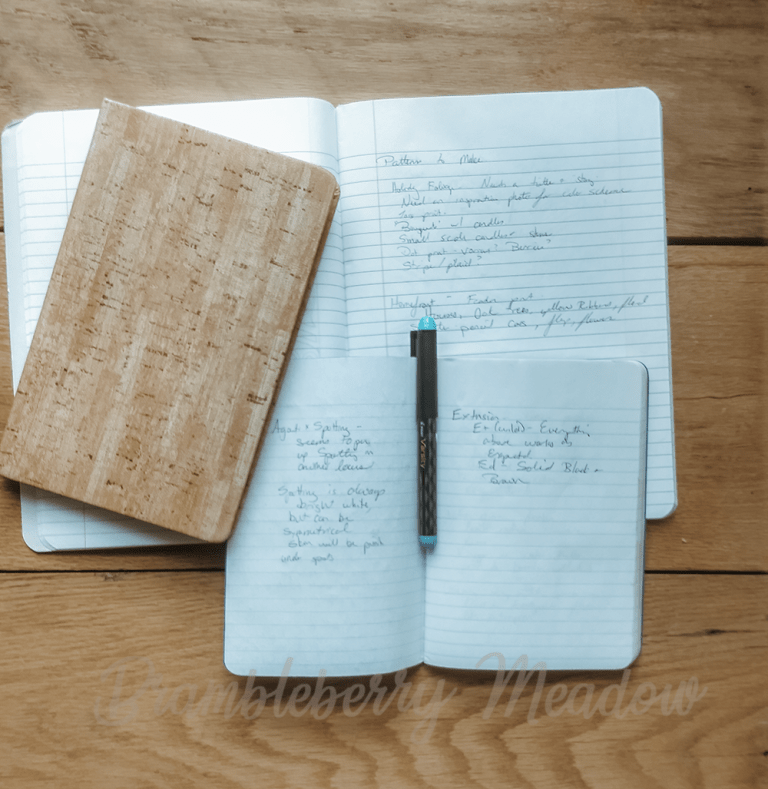
One Comment